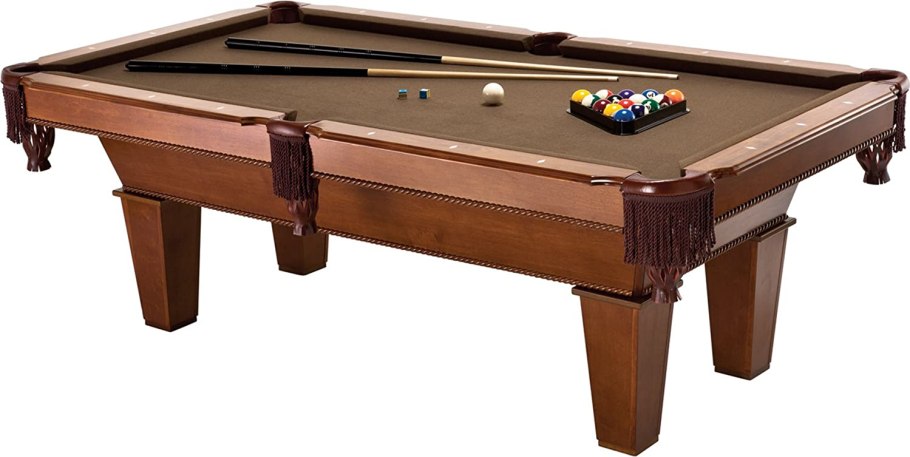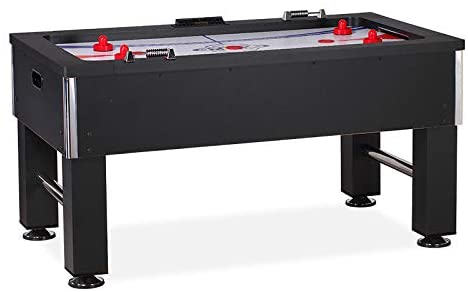How To Play Dart - Dart Rules Explained For 501 And 301
Dart board is a popular game that has been around for many centuries. In its most basic form, dart board involves simply throwing a dart at a dartboard with the aim of reducing the number of points scored to zero before all numbers have been removed from dartboard.
Another dart rule is quite the opposite: dart players aim to score on the dartboard with a dart so that it reduces their opponent’s score. The player who slashes their opponent’s scores to zero in the first place is declared winner.
Dart rules are pretty simple and easy to understand. But there are different types of dart games and each carries its own specific rules and dart boards which must be followed by players involved.
The commonly played dart games are 501, 301, 701 and cricket (and so much more!). These dart games have different dartboard regulations. In this article, we’ll run through the rules for 501 Darts and 301 Darts.
How to Play 501 Darts
Playing 501 darts is simple: each player or team begins with a score of 501 points. Each player takes turns throwing their darts on the dartboard in turn. The points are subtracted from the total, and then the other player/team does the same. The player who reaches zero first wins the game.
To start, you must double-in, and to finish the game you must double-out. It also adds a little more strategy and finesse to the game when it comes to planning for a complete match.
People usually toss a coin to decide the starting position. Alternatively, each of you may throw a dart at the board and the person who hits closer to the bullseye first starts.
Doubling in
To start, you must throw a dart into one of the double sections surrounding the outer ring of the board.
Before you double-in, each dart you throw is not considered toward your total. The bull’s eye on the dartboard is also considered a double, so you may also double-in on it.
The most sought-after targets in the doubling zone are the bullseye, followed by the double 20. Only one member of your team needs to double-in if you’re playing with others.
When a player on the team has doubled-in, the scoring begins. The very dart reduces the team’s total score straight away, and all players on the team count toward this reduction.
Subtracting Your Score in 501
The goal is to score as many points in a round as possible once you’ve doubled in. This is generally done by aiming for the triple 20, which is the target with the greatest score on the dartboard.
The highest score for a round is 180 points, which you can get by shooting three darts in the triple 20. There are times when you may wish to shoot at a different target with your dart.
If one of your darts is obstructing the triple 20, consider aiming for the triple 19 instead, which will result in a better shot. When your score is low enough to complete, you may start aiming for other targets in order to set up a double-out.
Chalker is important
In 501 darts, one individual usually takes on the responsibility of scoring. The marker or chalker is a term for this individual. Full attention and clear understanding of the rules are required for this job.
A line down the center of the board will be used to divide it into two halves, with each team’s score calculated on their own side. After three darts have been thrown in one round, the marker will sum up all of the darts on the board and deduct it from the chalkboard’s running total.
How To Win 501 Darts?
How to win the game? You must double-out in the same fashion that you double-in. The last step, doubling out, is a little more difficult.
When you double-in, you’re free to start with any doubles on the board. When doubling out, you must land on a spot that brings your score to zero exactly.
It’s critical not to hit more points than you have remaining, otherwise your turn will be over and you’ll bust. The bull’s-eye is worth 50 points, which is the highest target you may double out on, with a score of 50. After that, there is the double 20 (worth 40 points).
What are the tips for 501 Darts?
- For beginners, it is recommended that you double on the sides (11 or 6) If your dart falls or you overthrew, you might hit right below or above the double.
- If you’re a novice to darts and can’t seem to hit anything, shooting for the triple 14 is a good place to start. 11, 9, 12, 8 are several of these close together, and if you aim for the 20 with three shots, each landing in the 1 they add up much faster.
- It’s always a good idea to prepare ahead of time when you’re getting ready to double-out. 32, remember this number. If you single 16, you’ll be left with two 8s right next to you. If you make a hit on the single 8, you’ll have double 4 remaining, and so on down to double 1. Of course, this isn’t always the case. Another alternative would be double 20, 10, 5.
- If you’re stuck on an odd number and want to double-out, aim for the bottom of the board (7, 19, 3, 17). If you don’t bust, this should get you back to an even number.
- Be the Chalker and score the game. With enough practice, you’ll be able to pick up the game in no time. Basic arithmetic will get you off to a good start. You learn the typical checkouts as you improve.
- Planning ahead and getting your darts set up can significantly alter how you play the game.
If you want to know more about official rules played by professionals, you can find the rulebook here by Darts Regulation Authority. But remember, you do not play in the Professional Dart Corporation. (If you do you probably don’t need to read this article) While there is a set of official rules for darts, house rules takes precedence.
How to Play 301 Darts
501 and its most common variation, 301, are the most popular darts games in the world. For good reason. The game of 301 Darts is a fun and lively game that is accessible to new players. It’s a shorter and easier version of its more well-known relative 501 Darts.
What Is 301 Darts?
301 Darts is a game in which one player aims to be the first to reach zero points by knocking down their score from 301.
Each player begins with a score of 301 points and takes turns tossing their darts, subtracting the total number of points from 301 to 0 before your opponent.
Rules of 301 Darts and How to Score
Rules for 301 Darts are basically similar to 501, except you start your score base from 301. If a player scores a single 6, single 9, and double 9 on their first turn, they may remove the entire score from the starting base of 301. Which means (301 – 6 – 9 – 18=268) they start their next turn with the remaining 268 as base score.
*The green bull’s point value is 25, while the central bullseye value is 50.*
That’s it! As long as you hit a target on the dartboard and subtract a points from your base score, you can play 301 Darts. Personally I think it’s pretty newbie-friendly. The very first obstacle is to land your dart onto the dartboard. Once you have conquered this one, all that’s left is finding a way to score points all the way with each dart throw.
Just like 501, teams must finish on zero and end with a double. If they score the required amount without hitting a double section to end (double out), no score is recorded. Or if they go below zero (busted), the points are voided too.
Tips for 301 Darts
- Do the math. A seasoned player can finish the game with 6 darts.
- The first three throws at the dartboard should be focused on lowering your score as low as feasible. Then you may shift your attention to mapping out your double out.
301 Darts game is much easier than 501 Darts, since you only need to score from 301 to 0. But it doesn’t mean that there aren’t any fun or challenging parts of this dart game. You should never underestimate the dartboard and watch your dart positioning in every single throw. It requires patience and consistency more than anything else if you want to be good at playing dart games.
You Might Also Like:
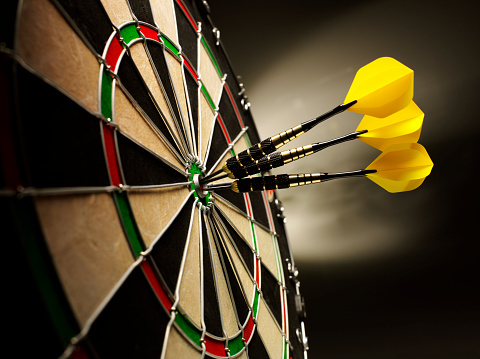
How To Play Dart - Dart Rules Explained For 501 And 301
Dart board is a popular game that has been around for many centuries. In its most basic form, dart board
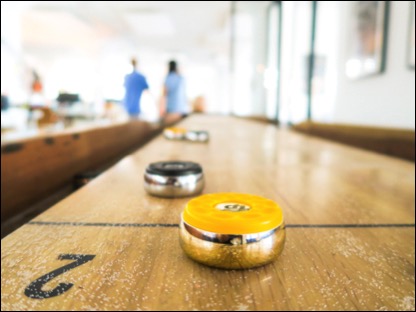
Best Shuffleboard Tables 2022 and How To Build Your Own
ContentsBest shuffleboard tables in 2022, and how to build your own shuffleboard.How to build your own shuffleboard table?Frequently Asked Questions
Top 6 Multi-game Tables 2022
ContentsMulti-game Tables: Multiply Gaming Fun on the TableWhat to look for when choosing the most suitable multi-game tableTop 6 Multi-game
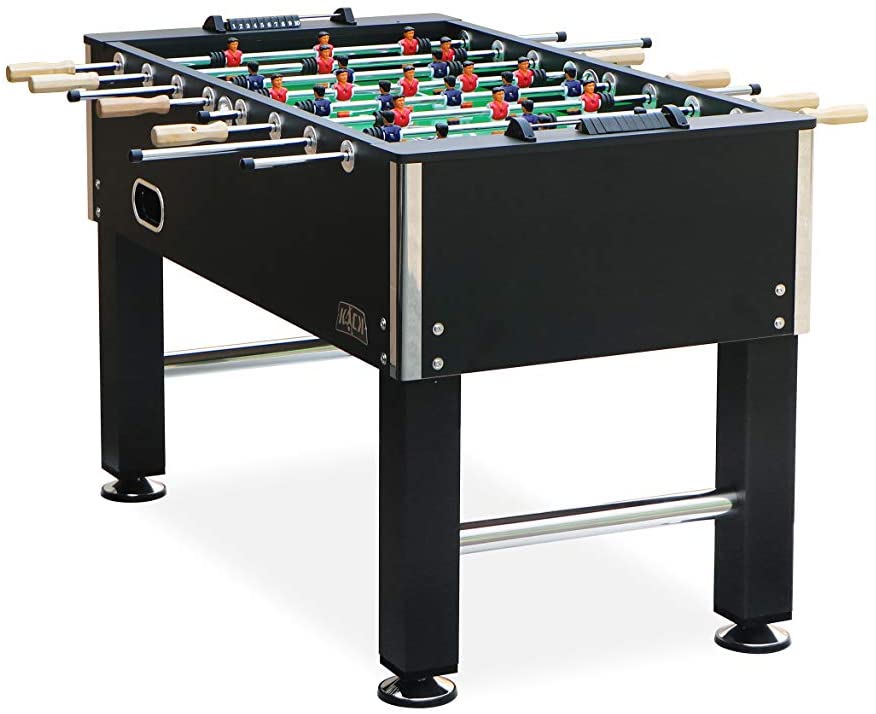
 (4.8 / 5)
(4.8 / 5)